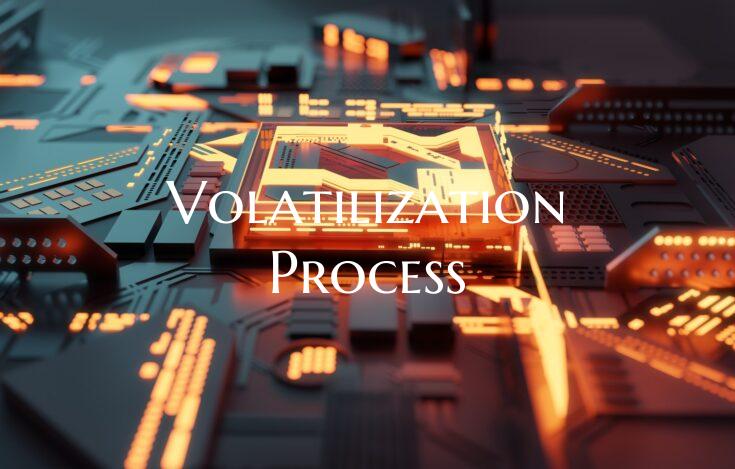Volatilization Process
Introduction: Volatilization is a fundamental process in the realm of chemistry and environmental science, playing a crucial role in the movement of substances between different phases. This process involves the transformation of a substance from a solid or liquid state into a gaseous form, often driven by temperature changes or pressure variations. Understanding the volatilization process is essential in various fields, including agriculture, environmental management, and industrial processes.
Factors Influencing Volatilization: Several factors influence the rate and extent of volatilization of a substance. Temperature is a primary factor, as higher temperatures typically lead to increased volatilization rates due to greater kinetic energy within the system. Additionally, the surface area exposed to the air, the concentration of the substance, and the presence of additional reactants can impact the volatilization process.
Applications in Agriculture: In agriculture, volatilization is a critical process related to the application of fertilizers. Certain fertilizers contain volatile compounds that can undergo volatilization after application to the soil, leading to the loss of nutrients and potential environmental pollution. Understanding the volatilization behavior of different fertilizer compounds helps farmers optimize nutrient uptake by plants and reduce potential negative impacts on the environment.
Environmental Impacts: The volatilization of chemicals in the environment can have wide-ranging impacts. For example, the volatilization of certain pollutants from water bodies can lead to air pollution, affecting human health and ecosystems. Volatile organic compounds (VOCs) released into the atmosphere contribute to air quality issues and can participate in the formation of smog and harmful ozone layers.
Control and Mitigation Strategies: To minimize the negative environmental impacts of volatilization, control and mitigation strategies are often employed. These strategies may include proper storage and handling of volatile substances, use of encapsulated or controlled-release formulations for volatile compounds, and the implementation of technologies to capture and treat volatile emissions before they are released into the environment.
Conclusion: The volatilization process plays a significant role in various scientific disciplines and industrial applications. Understanding the factors influencing volatilization, its applications in agriculture, and the environmental impacts associated with volatile emissions are crucial for sustainable practices and environmental management. By employing effective control and mitigation strategies, we can mitigate the negative effects of volatilization and pave the way for a cleaner and healthier environment.

